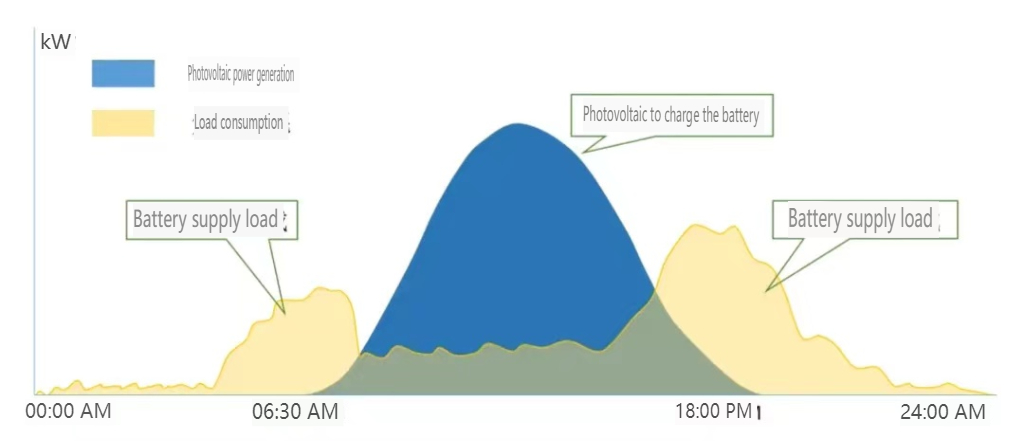In the realm of industrial and commercial energy management, the advent of energy storage systems is proving to be a game-changer, particularly in the way businesses approach transformer capacity and associated costs. Let's delve into how dynamic energy storage is reshaping the landscape by reducing infrastructure expenses and offering innovative solutions to capacity fees.
The Static Versus Dynamic Challenge
Transformers are the backbone of power distribution systems, but they come with a fixed capacity that can be a costly burden for businesses. Traditionally, when a company faces peak demand that exceeds the transformer's capacity, a costly upgrade is required. This static expansion involves swapping out the existing transformer for a larger one, which can be a significant financial undertaking.
Enter Dynamic Energy Storage
The dynamic energy storage solution offers an alternative that is both cost-effective and flexible. By integrating a storage system, such as a 300kW battery bank, businesses can effectively increase their capacity without the need for physical transformer upgrades. During peak demand, the storage system can discharge power, offsetting the load and acting as a virtual increase in transformer capacity.
The Financial Breakdown
To illustrate the savings, consider a 300kW energy storage system. With demand charges typically around 40 yuan per kW per month, the storage system can save the owner a substantial 12,000 yuan (300 kW * 40 yuan/kW/month) each month by reducing the peak demand that triggers these charges.
How Does Dynamic Capacity Work?
The concept is straightforward: when the demand on the transformer is about to exceed its capacity, the energy storage system steps in. It discharges the stored energy, providing up to 300kW of power to meet the peak demand. This intervention prevents the transformer from operating beyond its rated capacity, thereby avoiding the high costs associated with static capacity expansion.
Beyond Cost Savings: The Profit Potential
The benefits of dynamic energy storage extend beyond reduced costs. These systems can also participate in peak shaving and valley filling strategies, known as peak valley arbitrage. By storing energy during low-cost, off-peak hours and discharging it during high-cost, peak hours, businesses can not only manage their demand but also generate additional revenue.
The Future of Energy Management
The dynamic energy storage solution is a testament to the innovation driving the energy sector. As companies look for ways to future-proof their operations amidst fluctuating energy prices and the push for sustainable practices, dynamic energy storage presents a compelling option. It's a strategy that marries economic sense with operational efficiency, offering a clear path to enhanced energy management.
Conclusion
The integration of energy storage systems like 300kW batteries is more than just a technological advancement; it's a financial strategy that can transform how businesses handle their energy demands and costs. With the ability to reduce transformer upgrade expenses and avoid capacity charges, dynamic energy storage is set to become a cornerstone of smart energy management. As the technology matures and becomes more accessible, it's an opportunity that businesses would be wise to capitalize on, ensuring not just operational resilience, but also a competitive edge in a dynamic market.
If you're interested in learning more about our solar energy storage offerings, we encourage you to explore our product line. We offer a range of panels and battery that are designed for various applications and budgets, so you're sure to find the right solution for your needs.
Website:www.fgreenpv.com
Email:Info@fgreenpv.com
WhatsApp:+86 17311228539
Post time: Apr-29-2024













